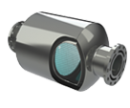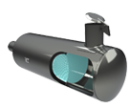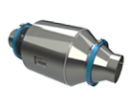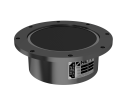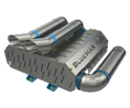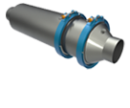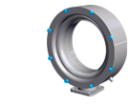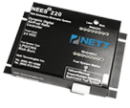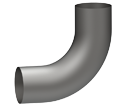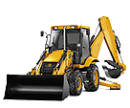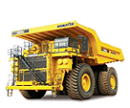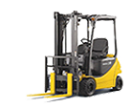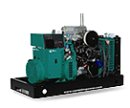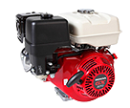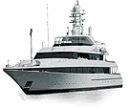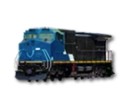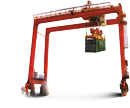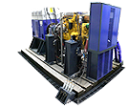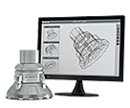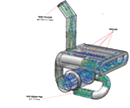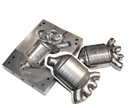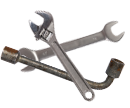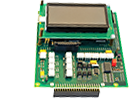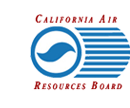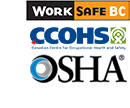Emission control solutions for LPG, CNG and gasoline engines
NEES™200 – Digital Air/Fuel Ratio Controller for LPG/CNG Forklift Trucks
Nett Technologies Inc. announces the introduction of the Nett Emissions Eliminator System NEES™200, the latest technology for emission reduction from LPG and compressed natural gas (CNG) fueled engines. Fully self-diagnostic with built-in LED indicators, the NEES™200 control unit provides a precise measurement of the air-to-fuel ratio in the mixture to maximize the performance of Nett® 3-way catalyst systems. The built-in diagnostic function featured by the controller allows constant visual monitoring of the engines fuel system by the operator and/or service technician. Such innovative technology eliminates the costly requirement for additional calibration monitors.
The Nett® closed loop emission control system for forklift trucks includes a three-way catalytic muffler and the NESS™200 control system, which incorporates an oxygen sensor, solenoid and the air to fuel ratio controller. The system efficiently removes carbon monoxide, nitrogen oxides, and hydrocarbons from LPG and CNG exhaust gases. It is intended primarily for any LPG/CNG fueled engines operating in confined areas where improvement in air quality is required. This reduces workers’ exposure to emissions, and helps to meet occupational safety and health standards (OSHA).
The three-way catalyst in conjunction with an air-to-fuel ratio controller is the most effective method of cleaning spark-ignition engine exhaust gases available today. To ensure high efficiency of the three-way catalyst, the air-to-fuel mixture has to be precisely controlled within a narrow “catalyst window”. The controller receives a feedback signal from the oxygen sensor, which is placed at the inlet to the catalyst. Stoichiometric air-to-fuel ratio control is realized by a solenoid valve which biases pressure on the fuel converter diaphragm using vacuum, thus controlling the amount of fuel supplied to the mixer.
The NEES™200 air-to-fuel ratio controller features a number of diagnostic functions. LED lights provide a signal in the case of system failure, as well as an indication of several important performance parameters, such as the mixture composition. For example, the vehicle operator is alerted in the case of a continuous rich mixture condition. Detection of fuel-rich operation, which causes high carbon monoxide (CO) emissions and makes three-way and oxidation catalysts ineffective, requires special diagnostic instruments and may be unnoticed for long periods of time on forklifts not equipped with the NEES™200 system. Designed as a retrofit kit for forklift truck engines, the NEES™200 includes all components necessary for the installation, such as fittings, tubing, and complete wiring, along with self-explanatory installation instructions. The system works on engines with any number of cylinders and with all common LPG/CNG fuel systems without the need for modifications.
Propane exhaust gases contain substantial quantities of CO, which is a big problem in all confined space applications. CO is highly toxic and poses a health hazard to workers. Typical symptoms include frequent headaches and dizziness but more serious poisoning including fatal accidents may occur after a prolonged exposure to high levels of carbon monoxide. Another important pollutant found in LPG exhaust gases is nitrogen oxides (NOx). NOx is very toxic to humans and may be detrimental to some industrial products. Occupational safety and health authorities regulate the maximum allowable levels of CO and NOx in the ambient air at the workplace.
Nett Technologies was the first company to introduce three-way catalyst systems as a standard product to control these emissions from industrial forklift trucks. The antiquated oxidation catalyst systems, still used on LPG forklifts, are not effective in controlling NOx. Lean-biased fuel controllers, used as a means of controlling CO will increase NOx emissions.

